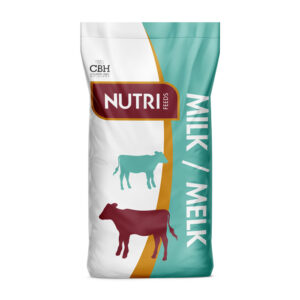Description
Fescue grass for sale: a nutritious forage option for cattle. Learn about the benefits, varieties, and management practices for optimal cattle feed.
Fescue grass for sale
Fescue: A Forage Powerhouse for Cattle, But Know the Caveats
Fescue grass, particularly tall fescue, is a workhorse in pastures across the United States and beyond. Its resilience, adaptability, and high yield make it a popular choice for cattle producers. However, understanding the nuances surrounding fescue, particularly the presence of a specific endophyte, is crucial for maximizing its benefits and mitigating potential negative impacts on cattle health and productivity.
The Allure of Fescue:
Why is fescue so widely used for cattle grazing? Several factors contribute to its popularity:
- Adaptability: Fescue thrives in a wide range of environments, tolerating varying soil types, moisture levels, and temperatures. This makes it a reliable forage option even in challenging conditions.
- Resilience: It’s a tough grass, standing up well to heavy grazing pressure and recovering quickly after periods of drought or extreme weather. This durability translates to a longer grazing season and reduced need for reseeding.
- High Yield: Fescue produces a significant amount of forage, providing ample feed for cattle. This high biomass contributes to cost-effective livestock production.
- Ease of Management: Fescue is relatively easy to establish and maintain, requiring less intensive management compared to some other forage options.
The Endophyte Equation: A Double-Edged Sword
While fescue boasts many advantages, the presence of an endophyte fungus, Neotyphodium coenophialum, within the plant can significantly impact cattle health. This endophyte is responsible for much of fescue’s hardiness and resilience, allowing it to withstand drought and pest pressure. However, it also produces alkaloids that can be toxic to livestock.
Fescue Toxicosis: Understanding the Risks
The alkaloids produced by the endophyte can cause fescue toxicosis in cattle, leading to a range of symptoms that can severely impact productivity:
- Reduced Weight Gain: Alkaloids interfere with cattle’s ability to regulate body temperature and metabolize food, resulting in reduced weight gain and poor feed conversion.
- Rough Hair Coat: A visible sign of fescue toxicosis is a rough, unkempt hair coat, often lighter in color, indicating poor overall health.
- Elevated Body Temperature: Cattle grazing endophyte-infected fescue struggle to regulate their body temperature, particularly during hot weather.
- Decreased Milk Production: Dairy cows are especially susceptible, experiencing a significant drop in milk production.
- Reproductive Issues: Fescue toxicosis can negatively impact reproductive performance, leading to reduced conception rates and increased early embryonic death.
- Fescue Foot: In severe cases, vasoconstriction caused by the alkaloids can lead to gangrene of the extremities, resulting in lameness and potentially requiring amputation.
Managing Fescue for Optimal Cattle Performance:
Fortunately, producers can take several steps to mitigate the negative effects of fescue toxicosis and maximize the benefits of this valuable forage:
- Choose Endophyte-Free or Novel Endophyte Varieties: The most effective way to eliminate fescue toxicosis is to plant endophyte-free or novel endophyte varieties. Novel endophytes offer the beneficial traits of traditional endophyte-infected fescue without producing toxic alkaloids.
- Dilution Strategies: If endophyte-infected fescue is already established, consider diluting it with other forages such as legumes (clover, alfalfa) or other grass species. This can help reduce the overall intake of toxic alkaloids.
- Strategic Grazing Management: Avoid overgrazing fescue pastures, as this can increase the concentration of alkaloids in the consumed forage. Rotational grazing can also help reduce grazing pressure and improve pasture health.
- Supplemental Feeding: Providing supplemental feed, especially during periods of high heat or drought, can help offset the negative effects of fescue toxicosis. This is particularly important for young, growing animals and lactating cows.
- Mineral Supplementation: Ensuring cattle have access to a well-balanced mineral supplement can help support their immune system and overall health, reducing their susceptibility to fescue toxicosis.
- Endophyte Testing: Regularly testing fescue pastures for endophyte levels can help producers make informed decisions about grazing management and supplementation strategies.
Conclusion:
Fescue grass remains a valuable forage option for cattle producers due to its adaptability, resilience, and high yield. However, understanding the potential negative impacts of endophyte-infected fescue is crucial for optimizing cattle health and productivity. By implementing appropriate management strategies, producers can harness the benefits of fescue while minimizing the risks associated with fescue toxicosis, ultimately contributing to a more sustainable and profitable cattle operation.













Reviews
There are no reviews yet.